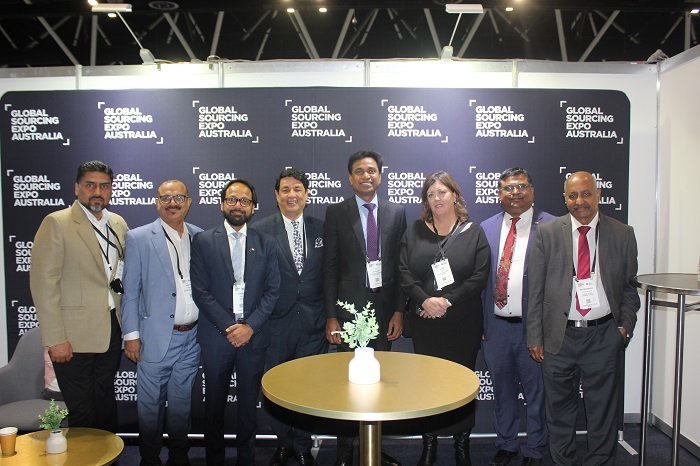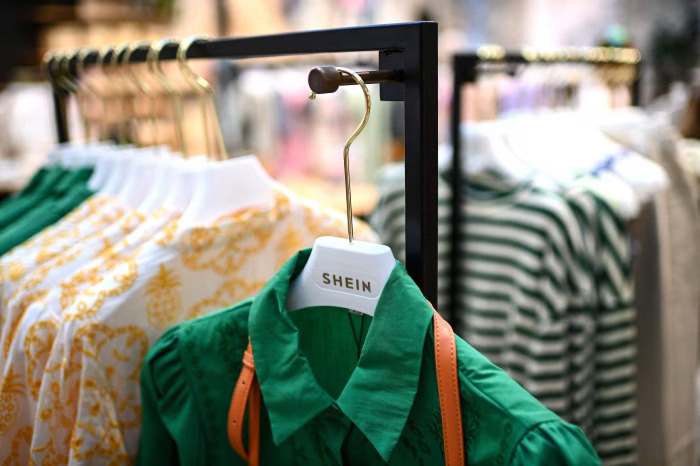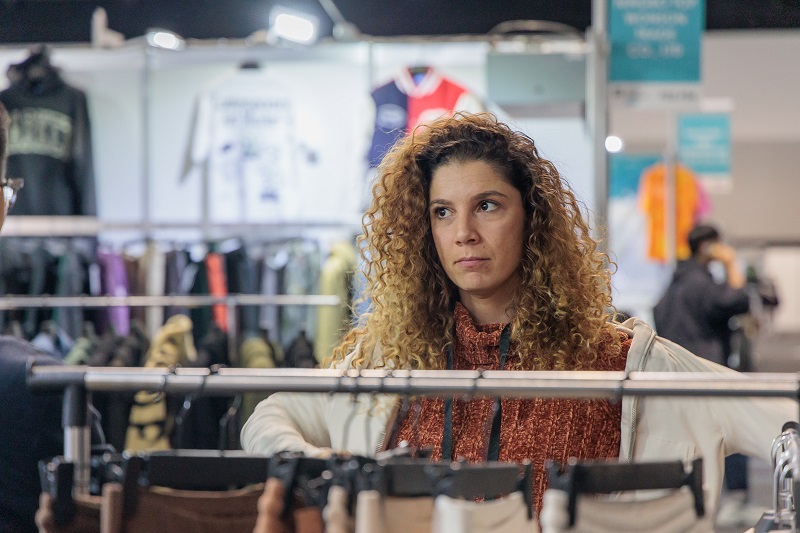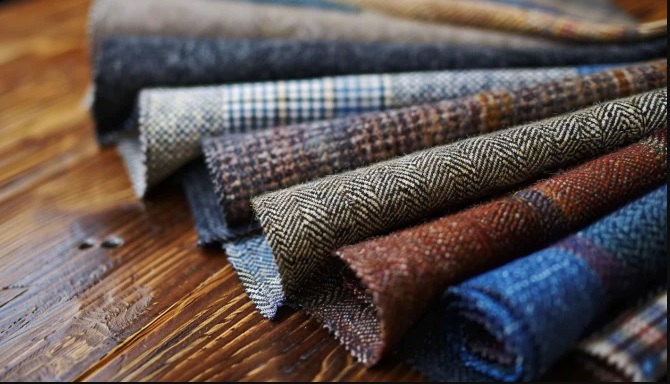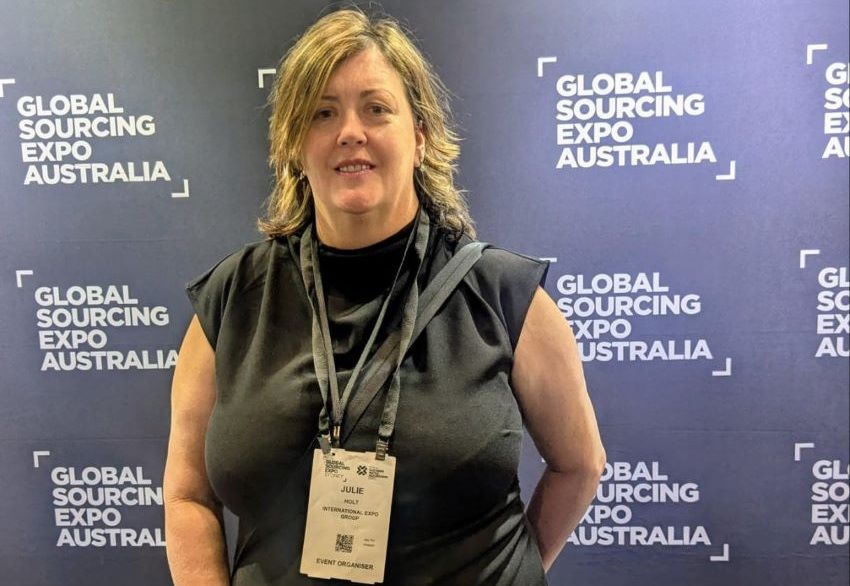FW
The European Technology Platform for the Future of Textiles and Clothing, will hold a conference titled ‘Innovating for Sustainability in European Textiles and Clothing’, in Brussels on October 28, 2015. The topics of discussions include: textile sustainability of the 21st century with European thought leaders, present industry innovators and technology disruptors working on the sustainability solutions of tomorrow, and demonstrate tools and solutions that EU initiatives bring to the industry across Europe. The discussion will focus on how digitisation and material circularity can facilitate completely new market approaches and business models.
The Brussesl conference will be attended by representatives from entire European fibres, textile and clothing value chain, industry federations, research and technology organizations, consulting and service companies, policy makers, and the media. An EU research and innovation funding seminar and project brokerage event on October 29 will be held after the event at the same venue.
European textile and fashion products are popular for their creativity, innovation, quality and increasingly the environmental and social responsibility with which they are produced. According to the European Technology Platform for the Future of Textiles and Clothing, continuous improvement in materials, production processes and supply chain management can further enhance the sustainability performance of the EU’s textile and clothing industry.
To achieve these major changes, though, radically new concepts, technologies and business models are needed.
Turkey's Soktas and Honduras' Kottan group are joining hands to make shirts for the US market. US customers are increasingly purchasing finished shirts from the Far East. The two companies have decades of experience and a broad portfolio of products and customers. Both are looking to take advantage of the DR-CAFTA (Dominican Republic-Central American Free Trade Agreement), which allows duty-free access to the US market with appropriate fabrics.
Söktas specialises in cotton and cotton blended shirtings, and controls the entire production chain from yarn spinning and twisting, to dyeing, weaving, design and finishing. The company also develops original yarns and new blends and has launched a super premium cotton yarn made from a hybrid seed grown on its own land.
The Kattan Group, meanwhile, produces men’s and women’s shirts, as well as knitted casual wear like T-shirts, fleece tops and bottoms, for brands including Van Heusen, Geoffrey Beene, Kenneth Cole, DKNY, Lee and Hanes. Kattan’s four factories are geared up to offer smaller minimums and frequent replenishment, with the group’s relationship with textile mills across Central America contributing to its ability to respond quickly to vendors’ needs. It always had had a vision of establishing a regional supply chain.
www.kattangroup.com/
Swedish clothing brand Lindex and Jeanologia, the Spanish denim consultant have come up with a range of sustainable denim. The debut collection for women includes button-front skirts, wide-leg trousers, slim fit jeans, high-waisted jeans and cropped jeans. The line is made with sustainable fibers produced with low impact process, less water and reduced energy consumption.
Overall the process uses 27 per cent less energy and 42 per cent less water, compared to standard denim production. Lindex is an international leading fashion retailer with around 500 stores in Europe, Russia and the Middle East. The company offers women’s wear, lingerie, men’s, cosmetics and children’s wear. Lindex works on water conservation, too. About 900 million liters of water were saved by Lindex’s suppliers through cleaner production projects in India and Bangladesh. During 2014, it also started collecting textile for reuse and recycling in 50 select stores in Sweden.
Lindex is steadily working towards sustainability targets and its aim is to produce garments using more sustainable processes with less energy, water and chemicals and by producing less waste. Jeanologia has been continuously creating new technologies which help the industry in its eco-sustainable initiative. It believes the look of distressed denim can be achieved in an eco-friendly and sustainable way. The company’s laser technology creates the look of vintage denim without the harmful and toxic effects of manual scraping or sanding.
www.lindex.com/ eim.jeanologia.com/
Owned by more than 25,000 Australian woolgrowers, Australian Wool Innovation (AWI) is a not-for-profit company that invests in R&D and marketing along the global supply chain for Australian wool – from wool growers through to retailers. The company’s mission is to enhance profitability, international competitiveness and sustainability of Australian wool industry and increase demand and market access for Australian wool.
AWI markets wool as a wonderful natural fiber through Woolmark. Australian Wool Innovation is the owner of The Woolmark Company and the Woolmark logo. The logo is the world’s best known textile fiber brand and has been applied to more than five billion products since its creation in 1964. AWI continuously funds wool research, development and marketing activities. It has launched programs that have helped growers improve profitability.
It has training courses for wool growers. These have helped improve weaning rates by 11 per cent and reduce ewe mortality by 33 per cent. Now 60 per cent of trained shearers report better productivity and 79 per cent report improved shearing quality. New supply chains have been developed in emerging countries while more than 20 manufacturers in China, Turkey, Italy and India have improved their technical skills.
www.wool.com/
Swiss company Freitag is introducing 100 per cent compostable five-pocket jeans in the market. This part of Freitag’s F-ABRIC collection the line of rivet-less denim twill jeans is made with sustainably produced fiber grown in Europe and tested at Freitag’s factory. It has 81per cent linen and 19 per cent hemp. The denim is cotton-free. The jeans contain neither rivets nor nylon thread.
The inaugural silhouette is composed with a smooth blend of denim twill, has been stitched using a proprietary sustainable thread (81 per cent linen and 19 per cent true hemp). The denim is cut in a standard five-pocket fit, but features removable buttons that can be replaced as the denim ages. Once the metal buttons are removed, the jeans are compostable, including its herringbone lining and the logo label.
The men’s line is available and women’s range will appear shortly. Jeans are available in dark blue and black and feature selvage and lap seams to protect heavy wear areas. The moisture- and thermo-regulating, antibacterial and anti-synthetic fibers make the denim comfortable to wear. It contains no harmful substances.
These compostable jeans are part of Freitag’s biodegradable collection. The collection has T-shirts, work shirts and pants and jumper dresses. Freitag is best known for its heavy duty bags and accessories.
www.freitag.ch/fabric/biodegradabledenim
China's spinning sector has slowed down owing to the country's non-competitive cotton prices and dipping stocks market. This is also due to the surplus of cotton in the country. China tried to auction off some of the roughly 11 million tons of cotton it has under its cotton buying scheme, during July and August this year. However, only 3.4 per cent of the total was sold. According to China National Cotton Exchange data, an unexpectedly low total of 63,412 tons of cotton was moved during the sales. Estimates had pegged the sales during the period at a much higher 300,000 tons.
However, mills hardly made an appearance as they are aware that the inventory available is still abundant and many were looking to avoid the high benchmark auction prices, which ranged from 13,200 yuan ($2,073) to 15,000 yuan ($2,356) per ton, compared to the Zhengzhou exchange’s, which are around 12,465 yuan ($1,958).
Also, consumption of China’s cotton has slowed down. The International Cotton Advisory Committee (ICAC), in its latest report stated that domestic cotton prices continued to fall in August this year, averaging $0.95 per pound. The still-too-high cost, though is limiting growth in China’s cotton spinning sector, it added. The country’s cotton consumption is to hit around 7.7 million tons, which is well below mid-2000’s highs of 10 million tons.
Besides, as per predictions, China’s cotton imports would dip by 12 per cent to 1.6 million tons, which would make the fifth season of decline after the 2011-12 season’s 5.3-million-ton peak.
Weavers from a tiny village in East Godavari district are posing a challenge to power looms. They are making a fabric, which cannot be made in any other mode, but the handloom. This comes at a time when power looms are affecting the livelihood of artisans who depend on the traditional looms.
A new cotton variety is the artistic blend of ‘Malmal’, ‘Khadi’, and ‘Malkha’, which has remained as a fashion statement for high society women from North India. About three years ago, Malkha known as ‘freedom fabric,’ was introduced to the members of the Pulugurtha Handloom Weavers Cooperative Production and Sale Society located about 30 km from Kakinada. Now, weavers are enjoying the benefits of the new variety that has a great demand in the market.
‘Malkha’ weavers from the village say weaving needs more attention compared to other handloom varieties. However, the returns are comparatively high and there is no dearth of work orders due to the demand, he adds. In 2012, Decentralised Cotton Yarn Trust (DCYT), based out of Hyderabad identified potential weavers from the village and trained them. The machinery for the yarn unit was provided by the government, who spent Rs. 93 lakh for it. The yarn-making unit has a capacity of 35 kg per day and at present it generates 10 kg of yarn every day.
Around 40 weaving families from Machavaram, Someswaram, Pulugurtha, and Kutukuluru have been depending on Malkha for their livelihood by converting their handlooms into Malkha looms and making 1,500 metres to 2,000 metres of fabric a week.
Punjab chief minister Parkash Singh Badal has announced immediate compensation of Rs 10 crores to cotton growers whose crops were extensively damaged by whitefly attack. This compensation is for those growers who have uprooted their crop because of the pest attack. During a meeting with the delegation of Bhartiya Kissan Union (Sidhupur), led by its President, Pishora Singh it was decided by the CM that this compensation would be given immediately. Officials of the revenue department informed Badal about the situation at the meeting. He was notified that out of 11,780 acres area ploughed back by the farmers, 5,000 acres are in Muktsar, 3,727 acres in Fazilka, 2,090 acres in Bathinda, 539 acres in Mansa, 398 acres in Faridkot and 26 acres in Barnala district.
Badal assured cotton growers that they would get proper compensation for the substantial loss incurred by them. The CM asked the revenue department to complete the entire 'Girdawari' (crop loss assessment) in the affected districts of the Malwa belt within next 10 days with reference to the damage caused to the standing cotton crops due to whitefly.
A revival of demand in Europe and US is foreseen by the end of this financial year. And this has prompted Indian textile industry to press the government to create a conducive environment for the sector. As of now, the sector is not sufficiently prepared to meet demands. D K Nair, Secretary General, Confederation of Indian Textile Industry (CITI) says since the global slowdown demand from India’s major markets dipped considerably. However, the US is on revival path. As for Europe, the Greece problem has receded and the economy there is expected to get better in the coming quarters. Thus, the end of the financial year should see textile demand go up substantially.
The textile industry in the country has not been doing well and the present problems affecting cotton and cotton yarn due to changing Chinese import policy has led surplus stocks, which has added to the problems. Lower offtake has forced many spinning mills to have lesser number of shifts and some have even closed down as China is the largest importer of cotton and cotton yarn. Besides, Indians exporters have to pay 16 per cent import duty while shipping to Europe, which is its largest market, in the case of apparels and garments. Competitors, such as Pakistan, Vietnam, Cambodia, meanwhile pay zero per cent duty. If India signs a free trade agreement with Eurozone, Indian exporters would grow significantly. Nair says that industry has been asking the government to move forward on this for some time now.
Malaysia Fashion Week (MFW) 2015, a collaborative effort between Malaysia's national trade promotion agency MATRADE (Malaysia External Trade Development Corporation) and Malaysia's leading fashion event organiser STYLO International will be held from November 4 to 7, 2015 in Kaula Lumpur. The event promises to host ‘ground breaking’ fashion shows featuring designers from over 15 countries, a stylish gala event and a trade exhibition.
MFW connects trade buyers, exhibitors and designers from the ASEAN region and the world, while providing a platform to source and showcase the latest in fashion, accessories, footwear, cosmetics and the likes. The show consists of three core components: Malaysia Fashion Showcase (MFS), Mercedes-Benz STYLO Asia Fashion Week (MBSAFW), FACIT@INTRADE (short for Fashion, Art & Accessories, Cosmetics, Interior and Textile).
The fashion shows for Spring/Summer 2016 will feature Malaysian designers under the MFS banner, together with Asian designers under the MBSAFW banner. MFS unveils Malaysia's best collections and it's a celebration of Malaysia's fashion for the world. MBSAFW will see more than 60 designers from over 15 Asian countries showcase their collection using MFW as its Asian platform. It is a trade fashion event headlined ‘ASIA for ASIA’, which portrays a fusion of Malaysian, Asian and Western influences.
FACIT@INTRADE is the lifestyle component of MATRADE's trade initiative. A successful national and international trade exhibition that has been running for the past eight years, the event is aimed at positioning Malaysia as the region's leading destination for fashion brands, accessories, textiles, cosmetics and personal care.
India is Malaysia's largest trade partner in South Asia with a steady growth of bilateral trade over the last decade at an average rate of 14.6 per cent. This strong relationship between the two nations was further elevated in 2011 with the signing of the Malaysia-India Comprehensive Economic Cooperation Agreement (MICECA), which covers all aspect of trade and investment cooperation between the two countries. As part of the initiatives to boost trade between the two nations, the event has called upon Indian importers and buyers to register under its International Buyer Meeting (IBM) programme, held concurrently with MFW.
www.malaysiafashionweek.my


